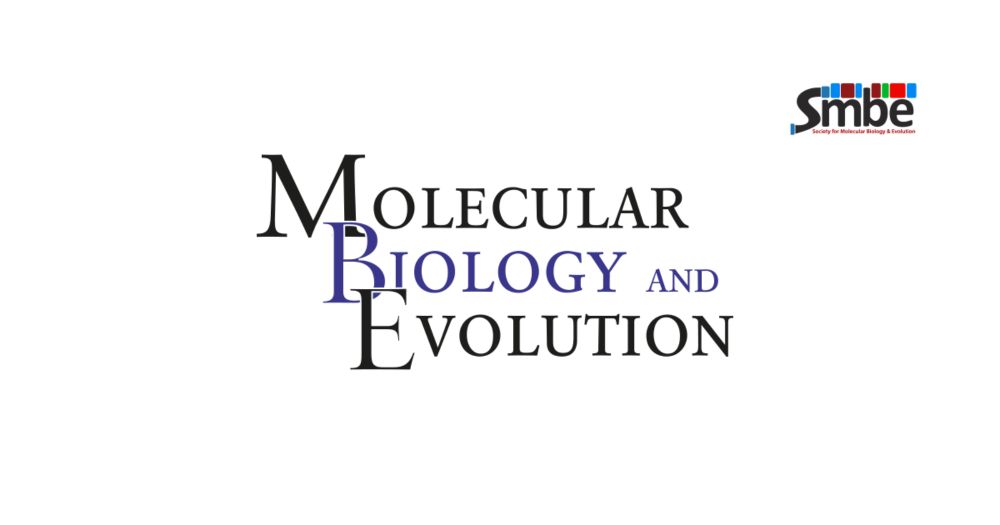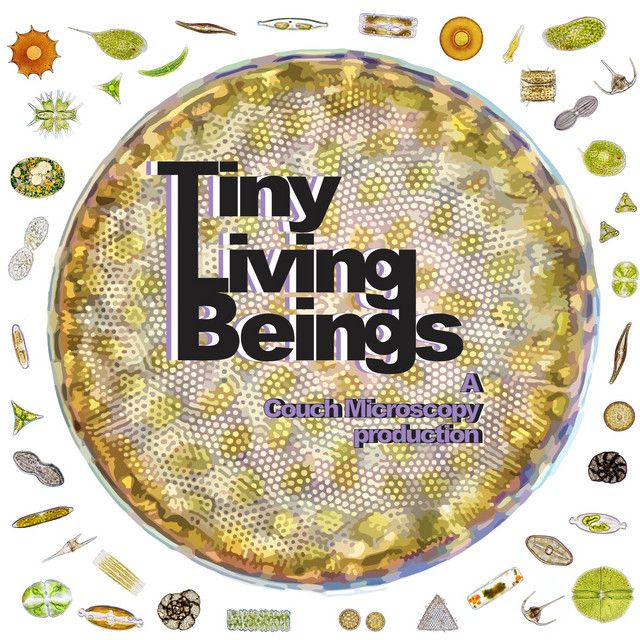Maria Akopyan, PhD
@akopyan.bsky.social
180 followers
140 following
17 posts
evolutionary genomics | 🐸🐟🦊🧬 | 🇺🇸🇦🇲 | she/her
Posts
Media
Videos
Starter Packs
Reposted by Maria Akopyan, PhD
Meaghan Clark
@meaghansaurus.bsky.social
· Aug 20

Inbreeding reduces fitness in spatially structured populations of a threatened rattlesnake | PNAS
Small and fragmented populations are at high risk of local extinction, in part because
of elevated inbreeding and subsequent inbreeding depression....
www.pnas.org
Reposted by Maria Akopyan, PhD
Maria Akopyan, PhD
@akopyan.bsky.social
· Apr 18
Maria Akopyan, PhD
@akopyan.bsky.social
· Apr 18
Maria Akopyan, PhD
@akopyan.bsky.social
· Apr 18
Maria Akopyan, PhD
@akopyan.bsky.social
· Apr 18
Maria Akopyan, PhD
@akopyan.bsky.social
· Apr 18
Maria Akopyan, PhD
@akopyan.bsky.social
· Apr 18
Maria Akopyan, PhD
@akopyan.bsky.social
· Apr 18

Genetic differentiation is constrained to chromosomal inversions and putative centromeres in locally adapted populations with higher gene flow
Abstract. The impact of genome structure on adaptation is a growing focus in evolutionary biology, revealing an important role for structural variation and
doi.org





